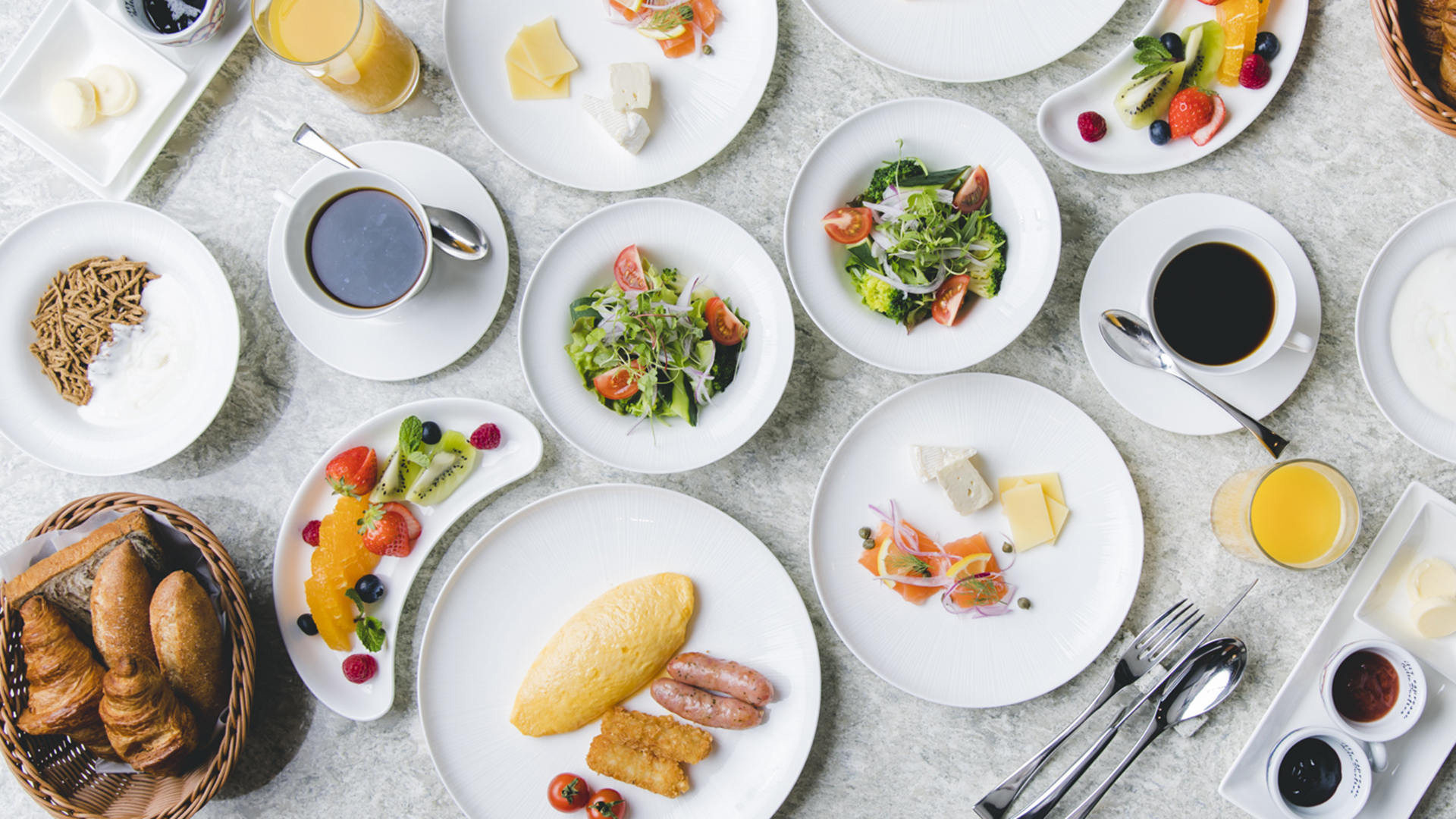10 Must-Try Foods in Kyoto
Kyoto is a city where tradition is woven into every corner, and its food is no exception. The local cuisine reflects centuries of culture, from refined kaiseki meals served in tea houses to simple dishes built on fresh, seasonal ingredients.
In this guide, we highlight must-try foods in Kyoto for travellers eager to sample the city's culinary heritage.
Foods to Try in Kyoto
Below are some of the best foods to try in Kyoto for a taste of its local cuisine and traditions.
Kaiseki Ryori (Traditional Multi-Course Meal)
Kaiseki is Kyoto’s most refined cuisine, evolving from tea ceremony meals into artful multi-course dining. It highlights seasonal ingredients with delicate presentation. Today, kaiseki is enjoyed at ryotei (traditional restaurants) and high-end ryokan, especially in Gion and Pontocho. Each course reflects the season.
Shojin Ryori (Buddhist Vegetarian Cuisine)
Rooted in Zen Buddhism, shojin ryori is served at temples like Tenryu-ji and Nanzen-ji. It uses tofu, yuba and vegetables prepared without meat or fish. Visitors can savour this simple yet elegant cuisine in temple dining halls.
Obanzai Ryori (Kyoto-Style Home Cooking)
Obanzai is Kyoto’s traditional home cooking, focused on seasonal vegetables and reducing waste. It reflects the city’s resourceful culinary culture developed over centuries. Today, obanzai is served in small local eateries and izakaya, offering comforting flavours that feel like dining in a Kyoto home. Nishiki Market and neighbourhood restaurants are popular spots to try obanzai.
Kawayuka (Riverside Dining)
Unique to Kyoto summers, kawayuka dining places wooden platforms over rivers. Originating as a way to escape the city heat, it’s now a seasonal tradition combining cool breezes with Kyoto cuisine. Today, travellers can enjoy kaiseki or obanzai while listening to flowing water.
Nishin Soba (Buckwheat Noodles With Dried Herring)
Nishin soba pairs buckwheat noodles with sweet-simmered herring, a Kyoto winter staple born from preserved fish brought inland centuries ago. The rich broth and tender fish make it ideal on cold days. You can find authentic bowls in long-established soba shops near temples like Kiyomizu-dera and in local noodle houses across the city.
Hamo (Pike Conger Eel)
Hamo is a prized summer delicacy in Kyoto, valued for its delicate flavour. It became a staple because conger eel could survive long journeys inland to Kyoto before refrigeration. Today, hamo is served as tempura, sashimi or in hotpots at kaiseki restaurants, especially during Gion Matsuri in July.
Sabazushi (Mackerel Sushi)
Sabazushi is Kyoto’s signature pressed sushi made with vinegared mackerel and rice wrapped in kelp or bamboo leaves. It originated as a preserved food for long trips between Kyoto and the coast. Today, it’s enjoyed as a specialty in traditional restaurants and is often brought home as a gift. Nishiki Market and long-standing sushi shops are top spots to sample sabazushi.
Yuba (Tofu Skin)
Yuba, the delicate skin formed when boiling soy milk, is a Kyoto specialty tied to the city’s Buddhist vegetarian cuisine. Once a temple staple, it’s now enjoyed fresh, dried or in soups. Visitors can try it at temple eateries near Nanzen-ji or in specialty yuba restaurants, often as part of shojin ryori or kaiseki meals.
Tsukemono (Pickled Vegetables)
Kyoto is famous for its pickled vegetables, including shibazuke (cucumber, eggplant and perilla leaves), senmaizuke (turnip) and saikyozuke (miso-pickled cod or sablefish). Preserving seasonal produce in a landlocked city made tsukemono essential for centuries. Today, they’re served with nearly every meal.
Yatsuhashi (Cinnamon Rice Flour Sweets)
Yatsuhashi, Kyoto’s iconic confection, is made from glutinous rice flour, sugar and cinnamon. Its soft, chewy texture and subtle spice have made it a beloved souvenir for centuries. Visitors can sample freshly made yatsuhashi at shops throughout the city, especially in Gion and near Kiyomizu-dera.
Must-Try Restaurants in Kyoto
For visitors seeking authentic Kyoto flavours, these restaurants offer some of the best dining experiences in the city.
- GRILL 54TH – Located in Dhawa Yura Kyoto, GRILL 54TH specialises in premium wagyu, fresh seafood, and seasonal Kyoto ingredients prepared with simple yet refined grilling techniques. At lunch, a buffet featuring salads, appetisers, and desserts made with fresh, health-conscious ingredients complements the main dishes. In its stylish open-kitchen setting, this Kyoto grill restaurant offers both set courses and à la carte selections, paired with a curated selection of wines.
- Singular – At Garrya Nijo Castle Kyoto, Singular crafts contemporary French cuisine infused with the essence of Kyoto’s seasons. Using carefully selected ingredients from both Kyoto and across Japan, the chef creates refined multi-course menus that highlight the beauty of seasonal flavours. The elegant, intimate dining space provides a serene setting to savour each dish.
- Ryozen – Set within Banyan Tree Higashiyama Kyoto, Ryozen serves authentic Japanese kaiseki cuisine that celebrates the flavours of Kyoto’s four seasons. Featuring carefully sourced local ingredients, each course is thoughtfully prepared to showcase seasonal beauty and taste. Guests can enjoy the chef’s artistry from counter seating or opt for a private room for a more intimate experience.
Savour Authentic Local Flavours With Dhawa Yura Kyoto
An unforgettable dining experience awaits you at Dhawa Yura Kyoto. Delight in some of the best foods to try in Kyoto at GRILL 54TH, or enjoy a private, comfortable meal with our Kyoto in-room dining service.
Book your stay today at our elegant hideaway with Kyoto premier king hotel room, 8lements Spa and modern facilities.
